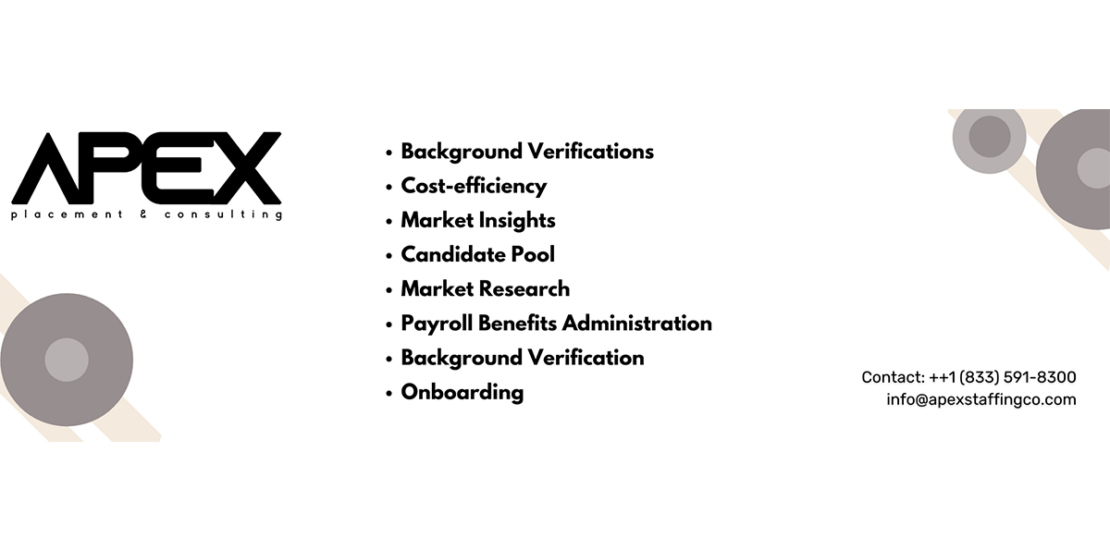- October 6, 2023
- Posted by: Admin
- Category: Blog

How we helped a high-volume manufacturer go from having a workforce gap for the past 5+ years to being completely stable, including all but eliminating turnover and attendance issues.
Case Date: 01/15/2023
Our client is a global manufacturer and supplier of materials and innovative products that enhance life every day — from packaging and healthcare products to automotive and consumer goods to building and construction products. Even before the pandemic, they struggled with retention, turnover, and attendance on a daily basis, causing them to miss forecasts and revenue expectations.
We conducted an appraisal of our client’s needs to determine a strategy that would stabilize their workforce and determined that there were 3 major roadblocks to meeting their talent goals:
Compensation – Pay rates started at $1.50/hour under market and they did not offer shift differential pay for their off shifts.
Schedule – Given their orders, turnover, and gaps in personnel, they mandated a 7-day, up to 12-hour shift schedule and had been on this schedule for a few years.
Reputation/Pipeline – Due to the historically low pay rates and consistent 7-day work schedule, the market no longer viewed them as a premier employer.
Leveraging Apex’s market data, best practices and over 300 years of combined staffing experience, our team presented a multi-pronged solution that drastically increased the pipeline, all but eliminated turnover and attendance issues, and stabilized their workforce within 6 months. Here’s what we proposed:
Increased all hourly pay rates to above market average, with a starting/entry-level rate of $18.50/hour.
Offered shift differentials, making off-shift starting pay rate of $20/hour.
Changed the schedule to a 3 / 4 / 3 schedule (3 days on, 4 days off, 4 days on, 3 days off)
Once all three of these strategies were implemented, the pipeline exploded with a plethora of great candidates. In addition, turnover became almost zero, and retention soared, which in turn, also fixed their reputation and brand. In fact, the employees now manage their own attendance needs and use a sign-up sheet to fill in gaps when someone can’t make their shift.

